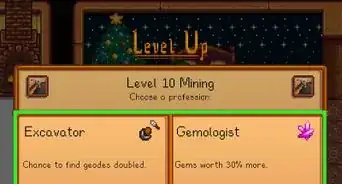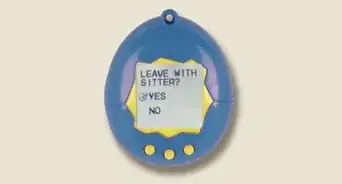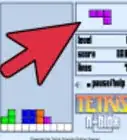This article was co-authored by wikiHow staff writer, Eric McClure. Eric McClure is an editing fellow at wikiHow where he has been editing, researching, and creating content since 2019. A former educator and poet, his work has appeared in Carcinogenic Poetry, Shot Glass Journal, Prairie Margins, and The Rusty Nail. His digital chapbook, The Internet, was also published in TL;DR Magazine. He was the winner of the Paul Carroll award for outstanding achievement in creative writing in 2014, and he was a featured reader at the Poetry Foundation’s Open Door Reading Series in 2015. Eric holds a BA in English from the University of Illinois at Chicago, and an MEd in secondary education from DePaul University.
There are 10 references cited in this article, which can be found at the bottom of the page.
This article has been viewed 406,847 times.
Learn more...
Tetris is a classic video game that has a large competitive scene and dedicated fanbase. While there are many different versions of Tetris, the basic components are always the same. You score points by filling in rows, which is done by rotating 7 different shapes to make complete rows out of your shapes. Each row that you fill in disappears immediately and the pieces fall faster as you play. To get better at Tetris, you need to master the essentials of maintaining a mound, leaving a well open, and scoring a Tetris by clearing 4 rows at once. All of this requires a masterful balancing act between leaving room to maneuver and utilizing the appropriate pieces to score. Once you get the basics down, you can practice complex moves and strategies like hyper-tapping, tucking, and spinning to really step your game up.
This guide covers skills mostly used in Tetris for the NES while mentioning other Tetris variants that use the same skills. It was first published in 1989 and currently remains the standard version for competitive tournaments.
Steps
Manipulating Pieces and Scoring
-
1Memorize how pieces rotate clockwise and counterclockwise. Start a game of Tetris and simply rotate each block. Note how each piece moves and commit the number of times that you need to press the button to turn a piece a certain way to memory. Knowing the order will give you free time to look at the preview box, mound, and well since you won’t need to monitor a piece while rotating it.[1]
- At higher levels of play, players don’t need to look at the pieces as they fall. They know exactly how many times they have to turn a piece and only pay attention to moving it left or right.
-
2Look at your next piece while setting your current piece down. As soon as you have a piece lined up with the slot where it belongs, look at the preview box on the top or side of your screen to figure out what piece is coming next. This will help you plan your next move and make it easier to determine how you want to play the board.[2]
- For example, if you have a tall mound and you’re debating on whether you need to burn some rows or not, checking for an I piece can save you from unnecessary burning.
Tip: Some versions of Tetris have a “hold” function where you can press a button and send a piece in the preview pane to a temporary storage for later use. Use this to save your I pieces for Tetris or to throw away pieces you can’t cleanly place at the current moment.
Advertisement -
3Play on marathon mode to learn the level progression. Part of getting better at Tetris is adjusting to the way that pieces drop at different speeds as the levels progress. As the levels increase, you’ll need to move faster, build smaller mounds, and rotate pieces more accurately. Play on marathon mode when practicing alone to get used to the way levels progress.[3]
- Games of competitive Tetris usually start at level 5 or 10, and sometimes even higher. If you’re already pretty good with the basics, go ahead and start your marathon runs from these positions.
-
4Clear 4 rows at a time with “I” pieces to score the most points. While the scoring systems vary, many versions of Tetris awards the highest score for clearing 4 rows of bricks at once. The only way to do this is to build up a mound that is at least 4 rows tall while leaving a single column completely open for the I piece. When you finally get an I piece, place it vertically in the column that you left open to score a “Tetris” and get the most points possible.[4]
- Scoring in Tetris refers to the number of rows that you clear at a time. A single is when you clear 1 row, a double is 2 rows, a triple is 3 rows, and a Tetris is 4 rows. You get a huge set of bonus points for scoring a Tetris.
- In competitive Tetris, the term “Tetris rate” refers to the percentage of your points that come from scoring Tetrises. If your Tetris rate is over 50%, you’re doing really well.
-
5Score singles, doubles, or triples to clear obscured wells. If you ever misplace a piece, dig it out by clearing the rows around it. Do this by completing the rows to make them disappear. Score singles, doubles, and triples above and underneath the obscured section to clear the column out instead of trying to score a Tetris on top of it.[5]
- As you level up in Tetris, the rate at which the pieces fall increases. This means that it’s more advantageous to lose some points early on by clearing a well out for a Tetris than it is to build Tetrises on top of a mound.
- Scoring singles, doubles, or triples to clear a well that you accidentally covered is called “digging” or “cleaning.”
-
6Practice your movement finesse. Finesse refers to rotating and moving the pieces most optimally so that you can get the tetrominoes where you want them to be with the least amount of taps. The exact way to go about this depends on the rotation scheme, so find a finesse guide that's specific for the rotation scheme you use most often.
- On the most basic level, this means that you should use both clockwise and counterclockwise rotations. Many beginning players tend to rotate pieces in only one direction, which is a huge disadvantage at higher speeds.
Building, Burning, and Dropping Pieces
-
1Build a mound on the left side at the beginning of every game. The I- and T-shaped pieces always rotate to the right of the screen when you spin them. This means that you need more space on the right side of the screen to move pieces as the game progresses. Start each game by layering pieces on the left side to keep the right side open. Build up rows of pieces and leave the rightmost column open until you have 4 solid rows. Once you have a long piece (called an I piece), drop it in the column and start over again.[6]
- In Tetris, a “well” refers to the column that you leave open to score while the other cells on a row are getting filled.
- Lay I pieces horizontally when you get them early on to build your mound.
- If you start with a Z or S piece, you’ll need to leave an opening on the bottom row. Place it in the middle so that you can tuck a J or L piece into the open cell.
Tip: The official name for the I block is “I-Tetrimino.” Many players also call the I pieces bars, lines, or blue pieces.
-
2Burn rows to make your mound smaller when it gets too big. You lose a game of Tetris when the pieces stack all the way to the ceiling of the playing field. If you’ve covered multiple wells on accident or left too many pieces hanging, you’ll need to “burn” a few rows to lower the size of your mound and give yourself more room to work. As soon as you realize that the mound is getting too big for you to safely maneuver pieces around, start clearing rows by completing them however you can to make it smaller.[7]
- When you complete a row, it disappears. Making rows disappear will make your mound smaller. “Clearing,” “digging,” and “burning” have different connotations in terms of the player’s intentions, but they’re all just different ways of saying “make rows disappear.”
- Sometimes, you simply won’t get an I piece for the first 20-30 turns of the game. This will require a lot of burning early on to keep your mound manageable.
- Adjust the amount of burning you do as you level up. As the pieces move faster with every level, the amount of space that you’ll need to move pieces will increase.
- RNG stands for “random number generator.” You will hear players complain about RNG when they go a long time without an I piece and have to cover the well. Having a lack of some particular pieces is called a "drought".
-
3Hold the down button to move pieces for a quick soft drop. Competitive Tetris gives you bonus points for placing pieces more quickly. Increase the speed that you drop pieces into place by pressing down on your joystick or keyboard and holding it while the piece travels. Instead of pausing to rotate a piece, rotate the piece while it falls.[8]
- The points that you accrue over the course of a match will add up quite a bit. Soft drop whenever you comfortably can to increase your score.
- When you hold a button or stick down while you place a piece, you are performing a “soft drop.”
-
4Press the up button to place a piece instantly for a hard drop. On some versions of Tetris, you can press up on your joystick or keyboard to drop a piece instantly. In timed Tetris, utilize the hard drop to place a piece as fast as you can. As soon as you get a piece, rotate it to match the slot you need. Move it left or right until it is floating over the position that you want to place it and press up. The piece will instantly shoot to the bottom of the screen where you were hovering.[9]
- The most popular version of competitive Tetris is played on Tetris for the NES. There is no hard drop function in this version of the game.
-
5Build a double-wide well. Build your regular well as usual, making sure that you are ready for a Tetris. Your well should be 1 block wide for at least 4 lines, so that you are Tetris-ready, while the part of the well above that can be made 2 blocks wide. This is very handy because almost every piece can fit in here and will clear one or two lines, leaving you with no holes and an open well, still ready to score a Tetris. It's also a great way to burn off the top of your stack if it's getting too high.
- The only requirement for this to work is that the left side of your build is sufficiently high for the lines to actually clear. If your left side is too low, this won't work.
- This technique is more suitable for versions of Tetris that do not reward bonus points for Tetrises did in a back-to-back styles, since it sometimes requires you to burn one or two lines to fill it up to a regular, single-wide well.
Pulling off Complex Moves
-
1Tuck pieces to clear overhangs. If you play a T, J, L, Z, or S piece in a way where there is an open space underneath it, you’ve created an overhang. Because there is a delay between a piece moving down one cell and setting on a row beneath it, you can rotate or move a piece into these open spaces by pressing the rotation button right before it settles. This is called “tucking,” and it is a necessary move to know if you want to get out of tough situations.[10]
- When you tuck a piece after performing a hard drop, it is called a zangi-move.[11]
-
2Master the T-spin to perform tough tucks. The T-spin is a move that can get you out of tight spots if you can master it. Because of the delay before a piece settles, you can rotate a T piece into a slot at the last moment to fit it in unexpected ways. To do this, press the rotate button right before a T piece settles and it will spin into a slot that it otherwise wouldn’t have fit into.[12]
- For example, if there is a gap created by an overhang on your mound where a T brick could fit from the side, you wouldn’t be able to drop it directly in. You could, however, lower it next to the opening and rotate it at the last minute to settle the cell that sticks out snuggly into the opening.
- The T spin cannot accurately be performed if you don’t have the rotations for the T piece memorized.
- Tucking generally refers to simply sliding a piece, while spinning it refers to rotating it into a slot. The principles behind the 2 moves are the same though—you’re filling in a hidden slot by moving at the last possible second.
Tip: You can spin any piece that can be rotated. The reason the T-spin is so important though is because the T can be rotated to fill in open cells under the S, Z, L, and J pieces while those 4 can only be oriented in one direction.
-
3Use the O-spin to tuck block pieces on newer games. On classic versions of Tetris, the O block cannot be rotated. In some newer versions, the O block can be rotated right before it lands. This will allow you to squeeze the O block right into a space that is blocked by an overhanging piece. Press the rotation button right before the O block lands to spin it.[13]
-
4Learn hyper-tapping to master piece placement at higher levels. At levels higher than 15, the game will drop pieces at such a high rate that you’ll have less than 1 second to rotate and place them. To save time, learn to hyper-tap by tapping a button repeatedly instead of holding it down to move a piece left or right. When you get to higher levels, tapping the button will be more efficient than holding it down.[14]
- Hyper-tapping can cause a lot of strain on your hands and wrists. Take breaks in between practice sessions to preserve your body.
Community Q&A
-
QuestionWhy is Tetris so colorful?
 Community AnswerIt makes it easier to distinguish the different blocks from each other quickly.
Community AnswerIt makes it easier to distinguish the different blocks from each other quickly. -
QuestionWhat are some ways to get rid of 'garbage'?
 Community AnswerClear one line at a time. If you've already built multiple lines over the garbage, then try to clear them, even if it means you won't get a Tetris or a T-spin. This is called "burning." You have to burn your way back down to the line that has the garbage so you can remove it.
Community AnswerClear one line at a time. If you've already built multiple lines over the garbage, then try to clear them, even if it means you won't get a Tetris or a T-spin. This is called "burning." You have to burn your way back down to the line that has the garbage so you can remove it. -
QuestionHow do I get a Tetris Plus?
 Community AnswerYou must have played Tetris Blitz or other versions with "gravity," which split the tetriminos (big blocks) into minos (small ones). In real Tetris, the best you can get is just the simple "Tetris." The tiles do not fall, even after split up.
Community AnswerYou must have played Tetris Blitz or other versions with "gravity," which split the tetriminos (big blocks) into minos (small ones). In real Tetris, the best you can get is just the simple "Tetris." The tiles do not fall, even after split up.
References
- ↑ https://www.polygon.com/guides/2019/2/22/18225349/tetris-strategy-tips-how-to-jonas-neubauer
- ↑ https://www.polygon.com/guides/2019/2/22/18225349/tetris-strategy-tips-how-to-jonas-neubauer
- ↑ https://tetris.com/article/77/hitting-your-stride-in-marathon-mode
- ↑ https://tetris.wiki/Scoring
- ↑ https://youtu.be/L_UPHsGR6fM?t=324
- ↑ https://www.polygon.com/guides/2019/2/22/18225349/tetris-strategy-tips-how-to-jonas-neubauer
- ↑ https://youtu.be/L_UPHsGR6fM?t=723
- ↑ https://www.polygon.com/guides/2019/2/22/18225349/tetris-strategy-tips-how-to-jonas-neubauer
- ↑ https://www.polygon.com/guides/2019/2/22/18225349/tetris-strategy-tips-how-to-jonas-neubauer
- ↑ https://www.polygon.com/guides/2019/3/6/18244590/tetris-t-spin-perfect-clear-combo-guide
- ↑ https://tetris.fandom.com/wiki/Zangi-move
- ↑ https://tetris.com/article/70/how-to-perform-a-t-spin-in-tetris
- ↑ https://tetris.fandom.com/wiki/List_of_twists
- ↑ https://kotaku.com/16-year-old-dethrones-tetris-world-champion-with-diffic-1829911215

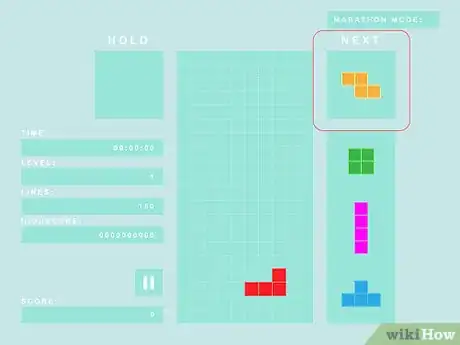
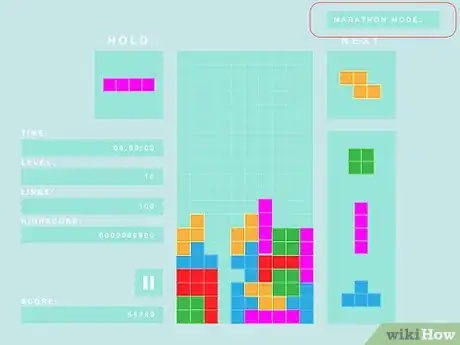

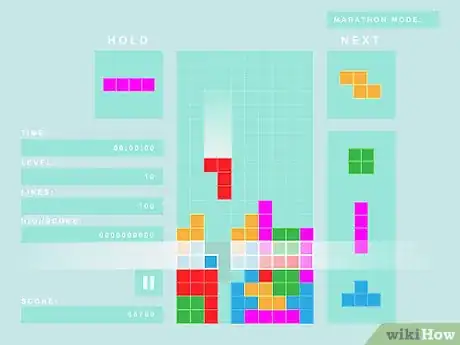
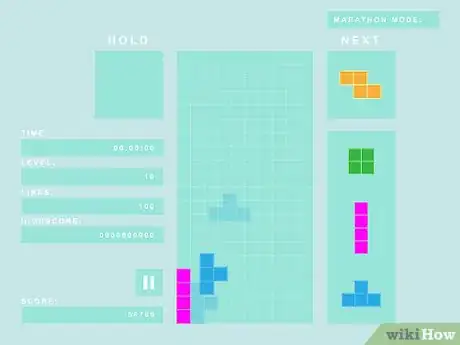
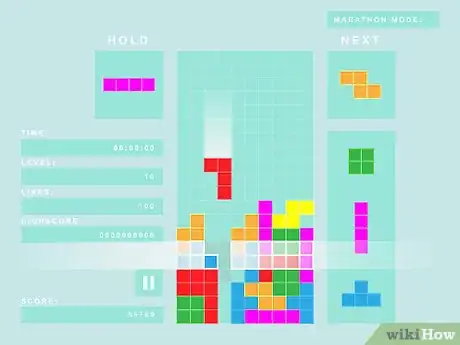
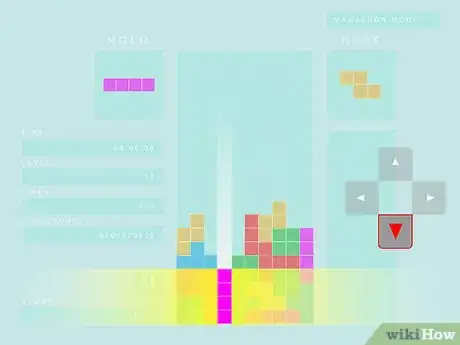
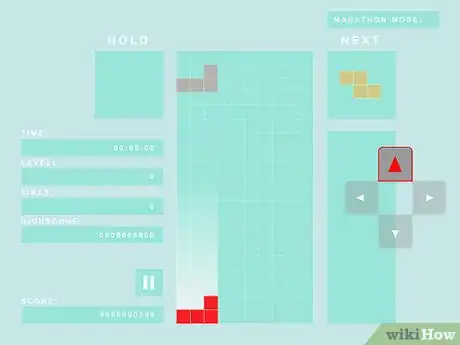
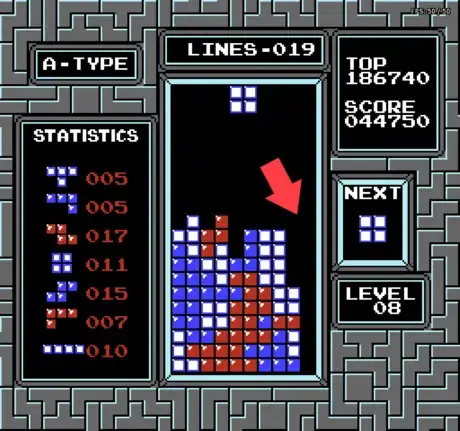
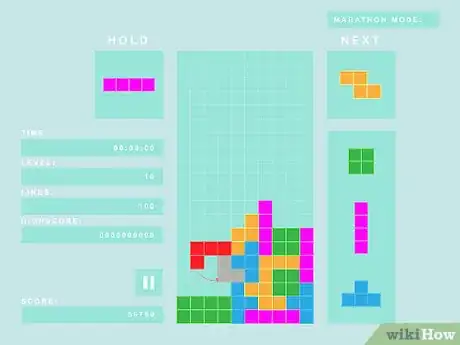
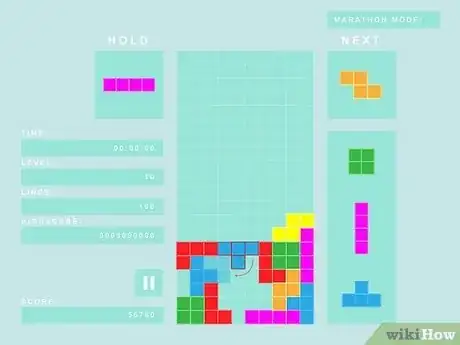
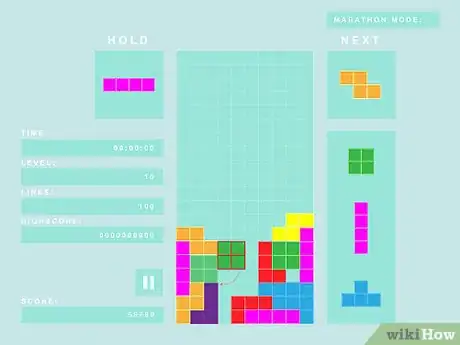
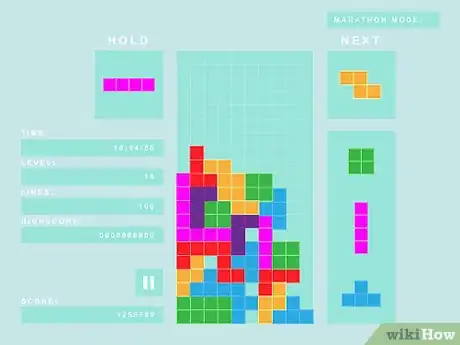
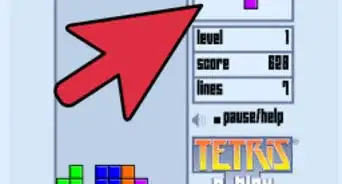



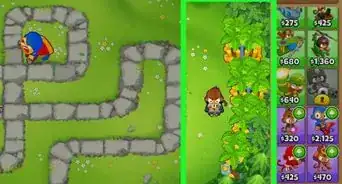


-Step-13.webp)
